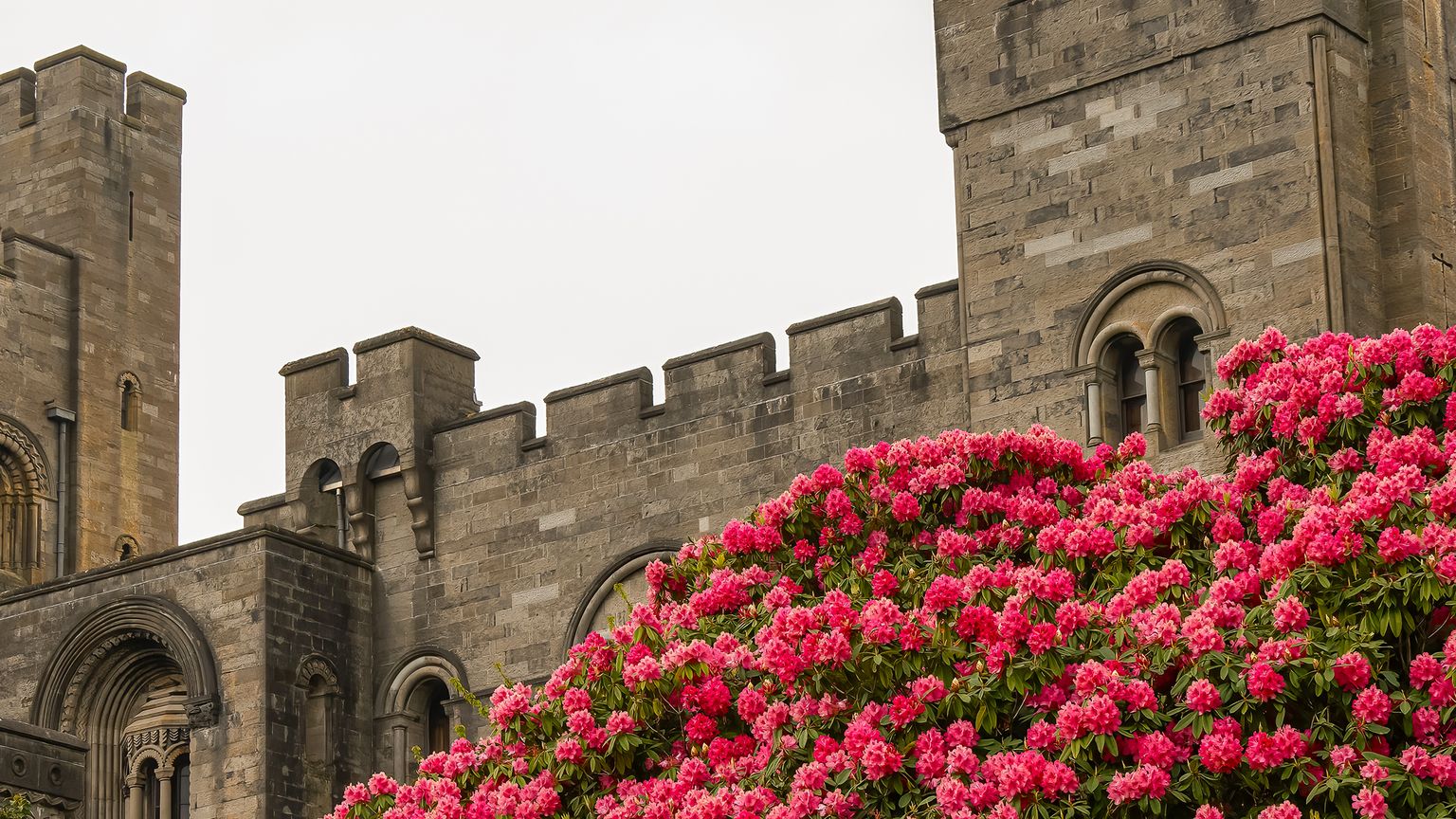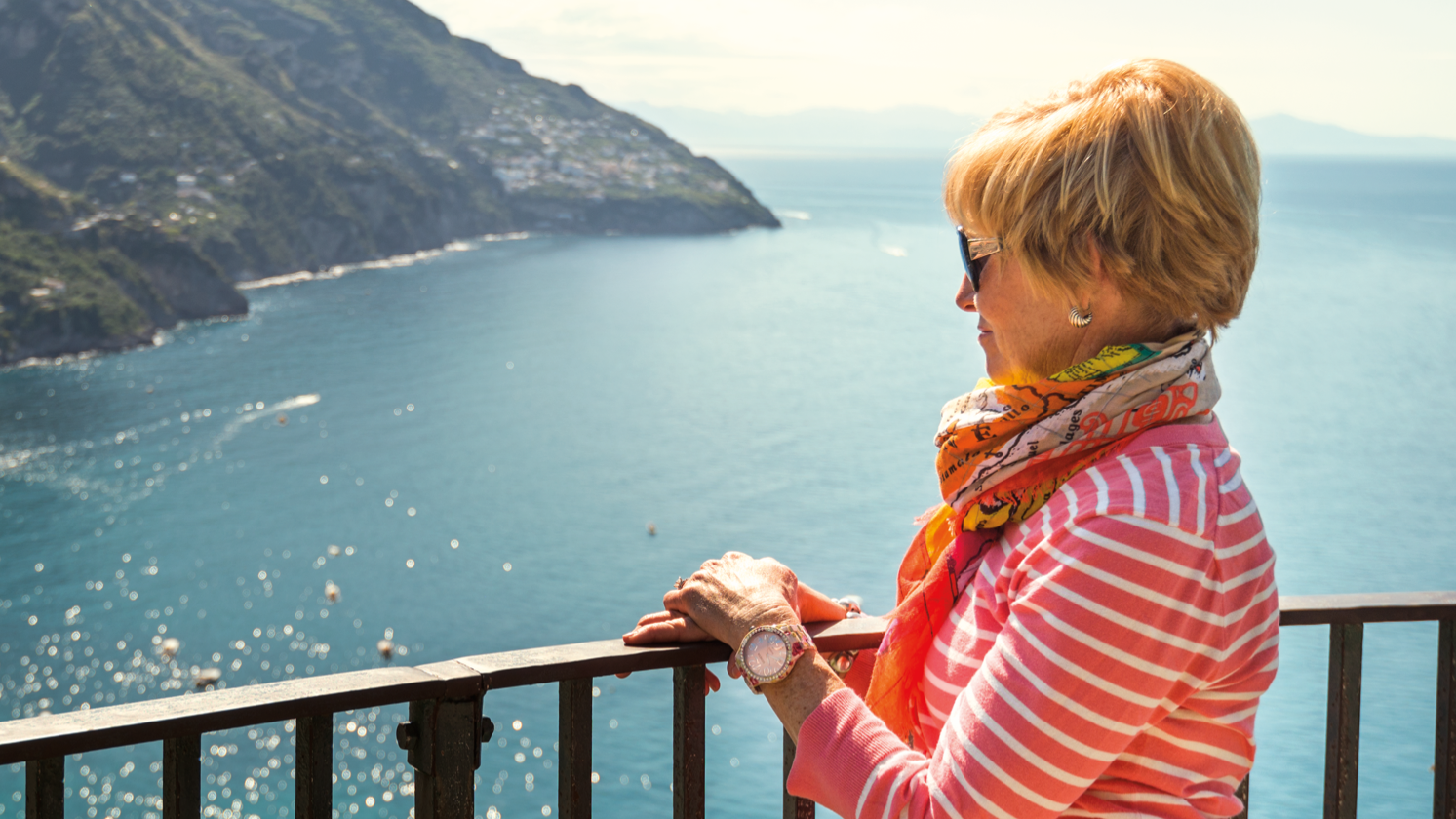Discovering the Thai way of life
When Senior Copywriter Courtney arrived in Thailand, she felt immediately welcome there. Here, she shares how experiencing its Buddhist temples is one of the best ways to connect with the country’s culture.
The first thing that struck me about Thailand was how welcome I felt there. Yes, I was halfway around the world, but I was instantly comfortable. This inviting, open nature is in large part thanks to the country’s Buddhist background. As I came to understand over the course of my 12-day Thailand tour, experiencing temples is one of the best ways to connect with the country’s culture.

Like many travelers, I’d heard “the Land of Smiles” used to describe Thailand before visiting. A nice, catchy nickname, I’d think, but it’s just that—a nickname. Now that I’ve been on the receiving end of those smiles, I understand how deeply this phrase reflects the destination.
Each region of the country offered something different. Bangkok buzzed with energy, ancient Sukhothai was serene, and Chiang Rai’s scenery stunned. As my group ventured north past coconut farms and rice paddies, a common thread emerged: the undeniable warmth of the locals. We were met with the kind greeting of “sawat dee kah.” A small bow with hands pressed together. Each genuine action conveyed the warm spirit of the Thai people.
During the journey, our Tour Director May introduced us to all sides of her culture. In her hometown of Phitsanulok, she explained that over 90% of the population in Thailand is Buddhist. It’s no wonder then, that Buddhist philosophy has a huge impact on the modern Thai way of life. The teachings translate to a peaceful, gentle, and easygoing nature.

Learning the basics of Buddhism
In Chiang Mai, the capital of Thailand’s mountainous northern region, we had the opportunity to speak with a Buddhist monk. Pra K.K., who has been a monk for 12 years, shared what it means to practice Buddhism at Wat Suan Dok. “Buddhism is a philosophy, a way of life, and anyone can follow its tenants,” he said. “A Buddhist investigates how to live a peaceful and happy life, and is constantly searching for truth,” he explained.

He went on to detail how monks study the teachings of Buddha. They undergo threefold training to find balance in the key areas of wisdom, virtue, and the mind. I was surprised to learn that although monks have few belongings while living at a temple, they may use some modern technology—seeing one with a smartphone isn’t all that uncommon!
A Buddhist’s life is dedicated to gratitude. “When people visit temples, they are doing so to pay respect to Buddha,” the monk explained. “They are actually thanking the Buddha for his instruction, not praying or worshipping.” This experience learning about the key beliefs of Buddhism gave us all a more complete understanding of the temples we visited during this trip.

Tips for visiting Thai temples
From the gilded Wat Phrathat Doi Suthep (pictured above) to the crystal interior of Wat Chantaram (below), each of Thailand’s incredible temples is sure to stun. It’s important to show your respect when stepping inside each one. If you’re a first-time visitor to Southeast Asia, as I was, here are a few key rules to know.
1. Cover up
When inside a Buddhist temple, your shoulders and knees should be covered as a sign of respect. Remember when you’re packing for your trip that weather in Thailand is often very warm! You’ll want to wear lightweight materials that you can layer.
2. Wear slip-on shoes
Your feet must be bare to enter a temple, so wear shoes that can be taken off and on easily. Each temple has a designated space outside where visitors can leave their shoes.
3. Step over the raised threshold
Buddhists believe that guardian spirits reside in a temple’s threshold and protect those inside, so stepping on the elevated doorsill can bring about bad luck. Be careful not to trip over this raised entrance when stepping into the temple.
4. Stay quiet
Keep your voice low when inside a temple, especially if locals are paying their respect.
5. Notice the position of the Buddha
Buddha statues on display at temples can be in many different postures—seated, reclining, or standing—with varying hand gestures. Each position actually carries a special meaning tied to a certain teaching. A seated Buddha with hands crossed in his lap, for example, symbolizes meditation.

When you walk into a temple, a certain sense of calm washes over you. This same serenity came over me throughout my travels, while cruising the Mae Kok River and wandering among ancient ruins in Ayutthaya. Any trip to Thailand is sure to be full of beautiful scenery and impressive architecture—but it was the fascinating culture that made my adventure so worthwhile.
Would you like to visit Thailand’s many temples? Have you traveled to this stunning country? Send us an email at social@goaheadtours.com to share your stories and tips.



)
































































































